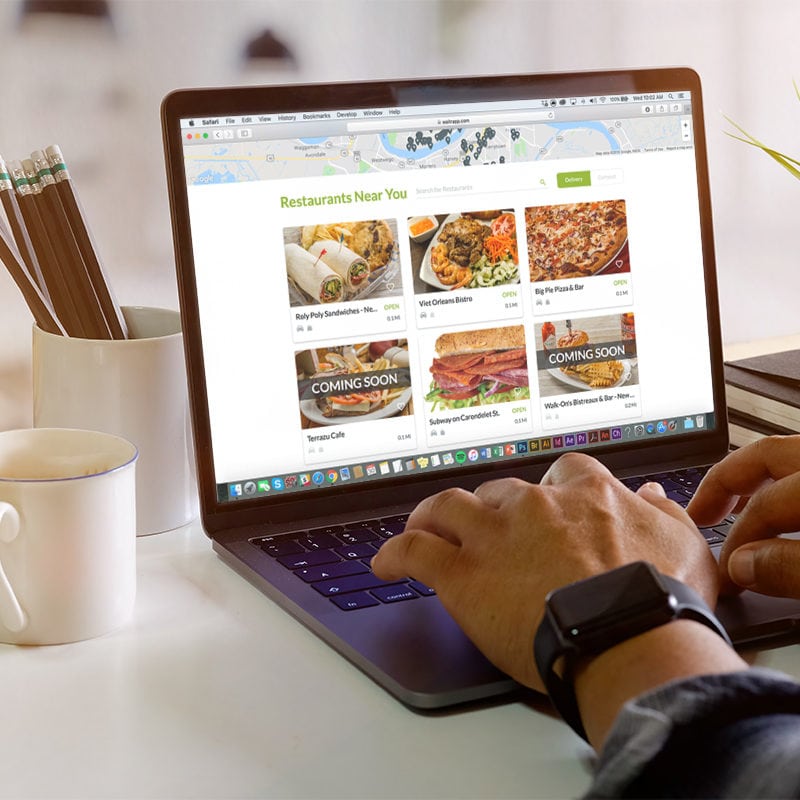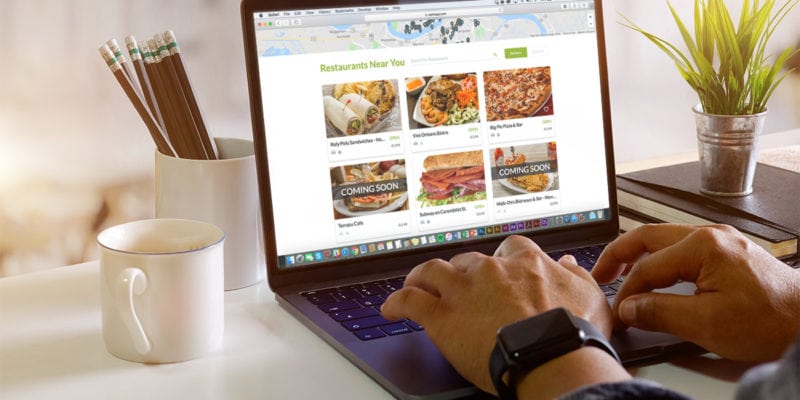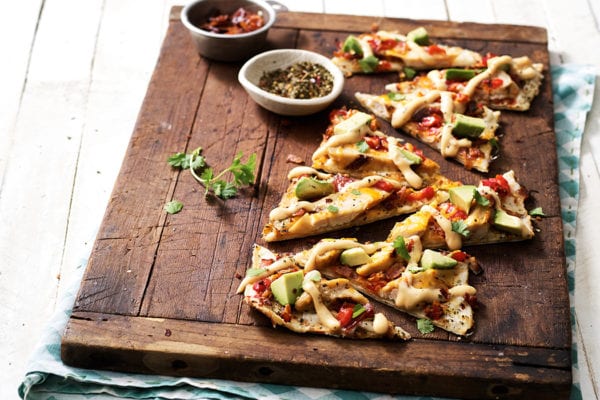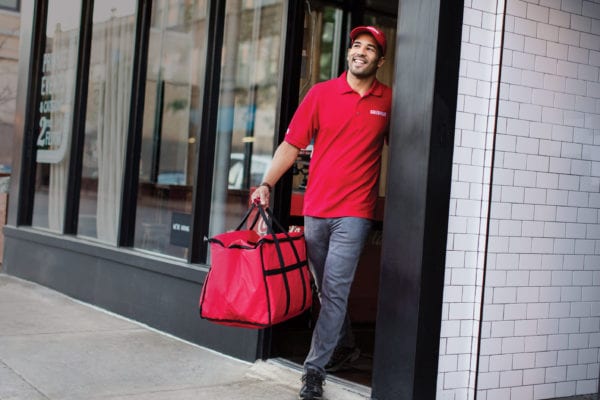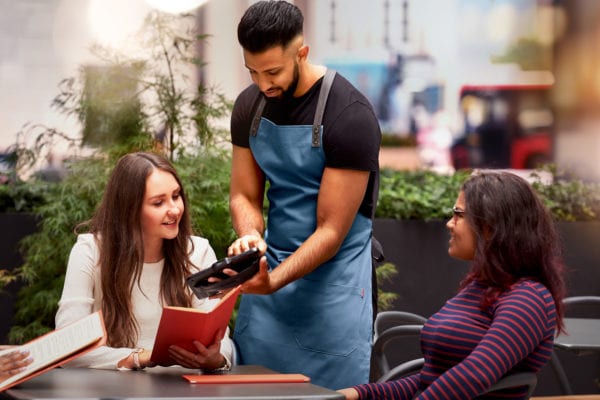Skift Take
Waitr didn't go through an initial public offering because of the nature of its acquisition that was announced earlier this year, but Waitr shares are now up for grabs and it'll report quarterly earnings alongside the one other publicly traded food delivery service in the space, Grubhub.
— Erika Adams
Waitr, a relatively small player in the third-party delivery space in terms of market coverage and active diners on the platform, started trading publicly today.
It’s the second food delivery service to become a public company after Grubhub, which launched an initial public offering in 2014 and is currently trading at $90.78 per share. In its first 30 minutes of trading, Waitr rose by .75%.
Waitr didn’t go public through the traditional route of an IPO, however. The delivery service entered a merger agreement earlier this year with billionaire hospitality giant Tilman Fertitta, who owns a variety of restaurant chains, casinos, and hotels across the U.S., as well as the Houston Rockets. He acquired Waitr for $308 million in a combination of cash and stock valued at $10 per share.
Fertitta facilitated the acquisition through his publicly traded blank check company, Landcadia Holdings, a special purpose acquisition company that was formed with the intent to make a deal like this in the restaurant space. Since Landcadia was already publicly traded, it simply converted its name to Waitr Holdings, Inc., and investors can now buy shares in Waitr instead of the previously listed holding company.
A Different Kind of Delivery Competitor
As a delivery service, Waitr stands apart from the national competitors in several ways. Christopher Meaux, the CEO and founder of Waitr, launched the company in his hometown of Lake Charles, Louisiana and deliberately expanded the company through smaller cities across the southeastern U.S. instead of first launching and growing market share in large urban locations, like Grubhub and DoorDash.
Since its inception in 2013 and until the point of the acquisition, Waitr only raised $27 million in funding, according to recent regulatory filings. The service recorded $77.7 million in gross food sales in the third quarter this year, an 135 percent increase in sales compared to the same period last year. Waitr recorded $22.9 million in total revenue in 2017 and plans to bring in between $65 million and $68 million in total revenue this year, an increase of over 300 percent. It’s not generating any profit at this point.
Waitr currently operates in about 235 cities, and the service counts 7,700 restaurant partners on its platform and 842,533 active diners (measured as customers who have placed an order in the past 12 months), up 157 percent over the same period last year.
Grubhub, the only other publicly traded delivery service, is a delivery behemoth in comparison. It reported gross food sales of $1.2 billion and total revenues of $247.2 million in the third quarter this year, a 52 percent increase over the same period last year. It recorded profits of $60 million in the quarter (measured as earnings before interest, taxes, depreciation and amortization), a 41 percent increase over last year.
Grubhub operates in over 1,700 cities across the U.S. and London, and counts over 95,000 restaurant partners and 16.4 million active diners, up 67 percent over the same period last year.
How Waitr Operates
While Waitr clearly can’t compete on scale at this point, it is not simply a smaller Grubhub focused on more rural areas.
One of its most obvious differentiating factors is in its drivers. 95 percent of Waitr’s 6,100 delivery drivers are trained and uniformed employees, not independent contractors.
“Directly employing its drivers ensures that Waitr is able to provide training while onboarding and schedule its drivers in specific locations and during specific time windows to effectively balance supply with demand during peak periods,” the company explained in regulatory filings detailing Waitr’s operations. “This is key to optimizing its delivery network so Waitr can adequately meet restaurant and diner demand for timely, quality delivery.”
Waitr also works with the restaurants on its platform to provide professional photography for menu items to create a better browsing experience for diners and encourage higher sales for restaurants.
In this operational structure, Waitr boasts high retention numbers for both diners and restaurants using the platform. According to the company, 99 percent of the restaurants that signed on to work with Waitr are still on the platform. On the diner side, Waitr’s customers use the service 18 times a month on average, and it keeps a 90 percent customer retention rate, measured every quarter.
Ambitious Growth Plans
It may be far smaller than Grubhub (and other privately run national competitors) but Meaux firmly believes that Waitr will eventually scale to the same level as those players. Speaking at a recent entrepreneurship event in Baton Rouge, Meaux said that Waitr is the top delivery choice in the vast majority of the markets in which it operates, and he hopes to continue that trend as Waitr expands.
Also, like his competitors, Meaux knows that the real gains are in Waitr becoming more than just a delivery service. Eventually, he hopes to add capabilities on the platform to include point of sale, table management, and loyalty programs.
“In the next five years, those [services] are going to be provided by one vendor,” Meaux said at the event. “And I want that vendor to be Waitr.”

